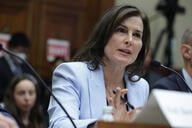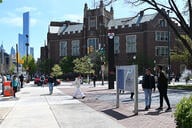You have /5 articles left.
Sign up for a free account or log in.
Historically Black colleges and universities will benefit from recent federal aid, debt forgiveness legislation and several dozen large private gifts, but the institutions still face a number of credit challenges, according to a new report from Moody’s Investors Service.
The two federal higher education relief packages passed last year provided an additional $2.7 billion to HBCUs and other minority-serving institutions, $1.5 billion of which will go to HBCUs. The aid is equivalent to about 20 percent of expenses across the sector and will help patch budget holes blown open by the pandemic.
Another $1.3 billion in debt forgiveness will further assist the 44 institutions that qualify, the report said.
The country’s 101 accredited HBCUs are still limited by modest endowments, aging facilities, competition for academically well-prepared students and limited tuition pricing power due to enrolling a relatively high proportion of low-income students, the report said. Over the past several decades, HBCUs have slowly lost market share. During the 2017-18 academic year, HBCUs granted 13 percent of the bachelor’s degrees earned by Black students, compared with 35 percent 40 years earlier.
The report also notes that because HBCUs serve large numbers of low-income students, who have been disproportionately affected by the pandemic, demand could become more volatile over the next several years. The sector may benefit from a recent increase in the size of the federal Pell Grant to $6,345.




